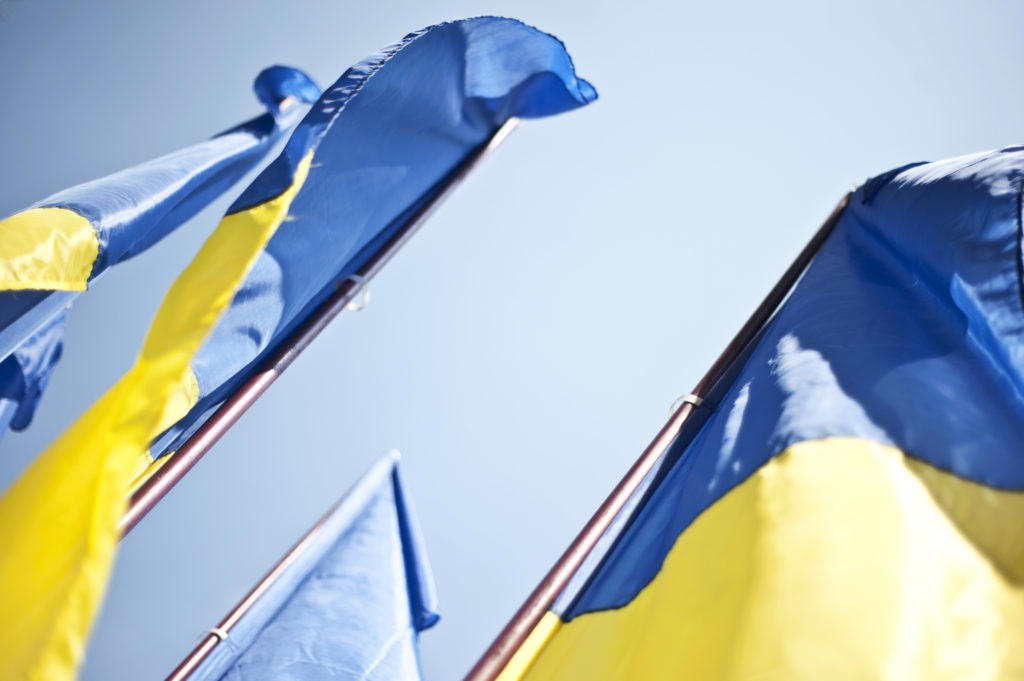How could Russia’s invasion of Ukraine impact the European automotive industry?
24 February 2022

With Russia escalating its aggression towards Ukraine into an invasion, severe sanctions are inevitable. Depending on how the situation plays out in the coming weeks or months, the European automotive market will see an impact as well. In this special episode, Autovista24 editor Phil Curry, Autovista Group chief economist Christof Engelskirchen, and Autovista Group director of valuations Roland Strilka discuss the possible scenarios for the industry.
You can listen and subscribe to receive podcasts direct to your mobile device, or browse through previous episodes, on Apple, Spotify, Google Podcasts and search for Autovista24 Podcast on Amazon Music.
Episode synopsis
The escalating situation between Russia and Ukraine, which has seen the former send troops across borders and launch air and sea attacks, has the potential to destabilise many markets, including automotive.
Further sanctions are inevitable, and they will be severe. This will have an economic impact, not just on Russia but also those countries declaring them. They may include a ban on exports of high-technology into Russia, which will also impact the companies that trade in this field.
While there are already some impacts of the escalation being felt, such as an increase in the price of oil and energy, other issues will take moretime to unfold. There are two possible scenarios, and each has a differing influence on the automotive market.
In the first scenario, where Russia largely retracts to the separatist regions of Donetsk and Luhansk without conflicts escalating much further, there will be no lasting impact on Europe’s new-car markets, other than the Russian market, as there is an ongoing supply shortage. Lack of supply into Russia can be compensated by selling to other countries.
There will, however, be a small impact on used-car markets, as there might initially be a slight dent in demand for cars, in particular in Eastern Europe, but this will be short-lived in this scenario, especially since weakened exchange rates support current residual values
Most severe
The second scenario sees Russia occupying Ukraine. This is the maximum level of aggression that we believe Russia believes it can afford. Ultimately in this outcome, the most severe sanctions will be imposed, and these will more negatively economically impact both Russia, and those countries declaring them.
Western Europe will be more affected economically by this than for example the US. Not only will the region need to re-align economies towards other areas of the world for some time, it will also need to deal quickly with the rising energy, gas, oil and food prices, as well as supporting Eastern European markets financially and economically to support in their stabilisation. Eastern Europe will be more negatively affected in this scenario, as they are more dependent on economic relations with Russia.
There will be very little impact on new-car markets in Western Europe, as there is an ongoing supply shortage. Even if there will be lower demand for new cars in Russia and Eastern Europe, it is unlikely that this cannot be compensated by selling to other countries.
Several used-car markets in Eastern Europe may still see fewer transaction, yet stable, possibly even rising residual values, as inflation and exchange rate pressure will overcompensate the reduced demand. This would come after a period of severely rising prices. The market in Western Europe will be less affected, but the expected increases in RVs for 2022 and 2023, in particular for internal-combustion engine (ICE) vehicles, may be slightly lower than initially forecast.
The automotive industry has spent the last two years dealing with a supply chain disruptions. In this time, supply chains should have become more resilient , meaning should problems arise with the supply of components out of Russia, other suppliers have a vested interest to sell at rising prices. Supply shortage and supply chain disruptions may end up being less impactful in the medium term than during the COVID-19 crisis.



